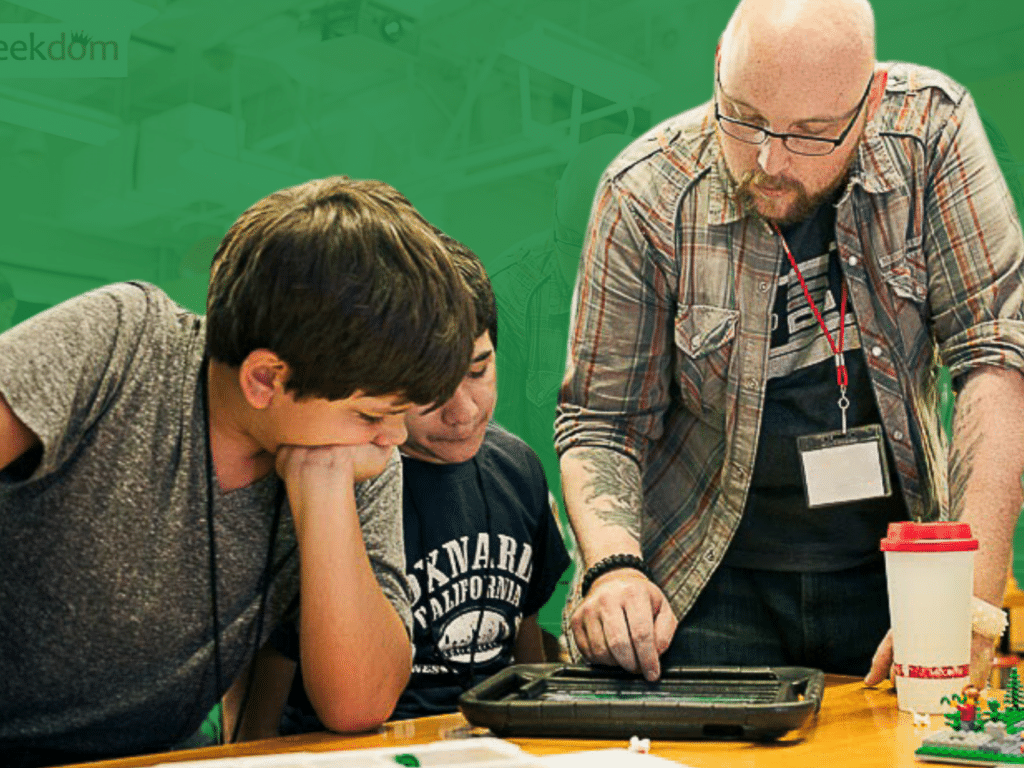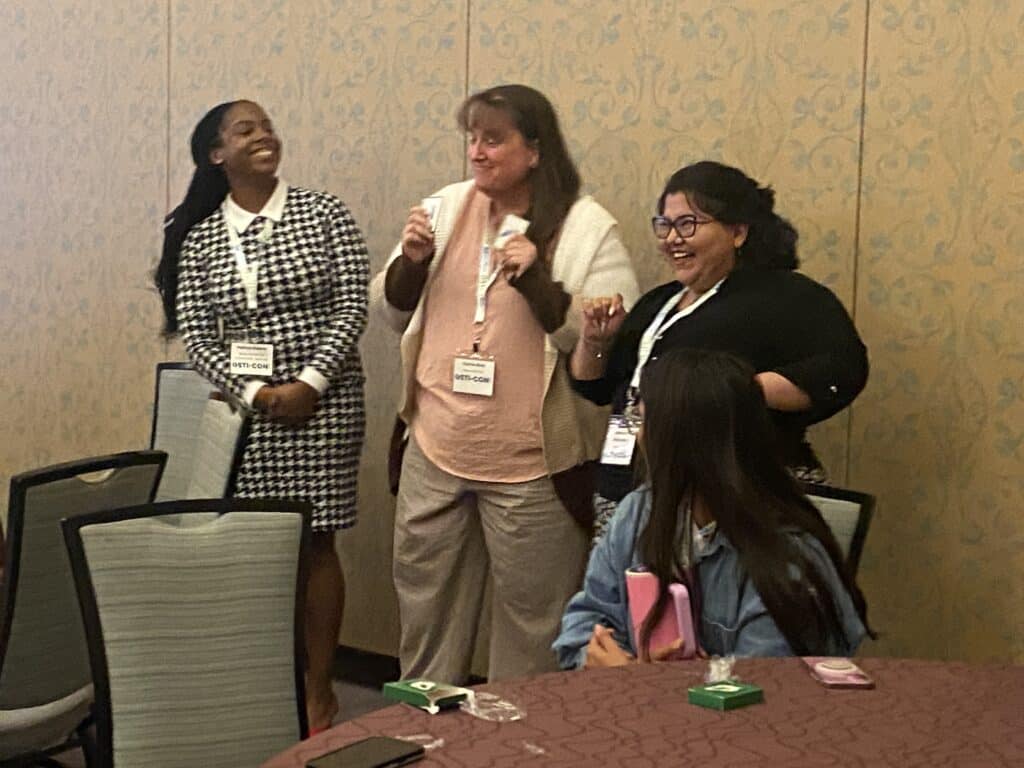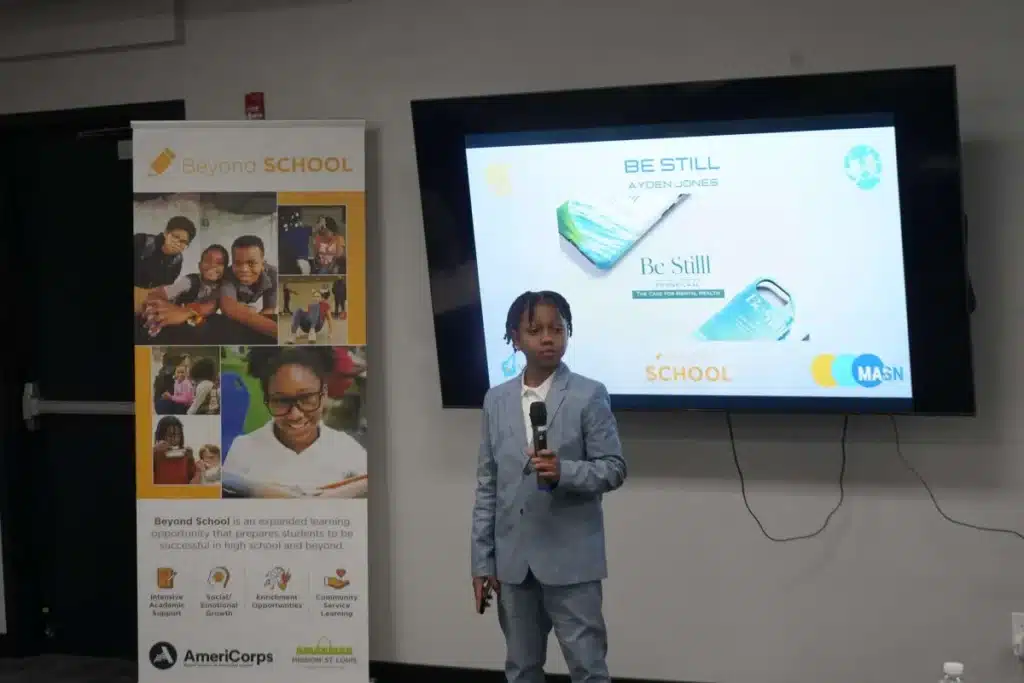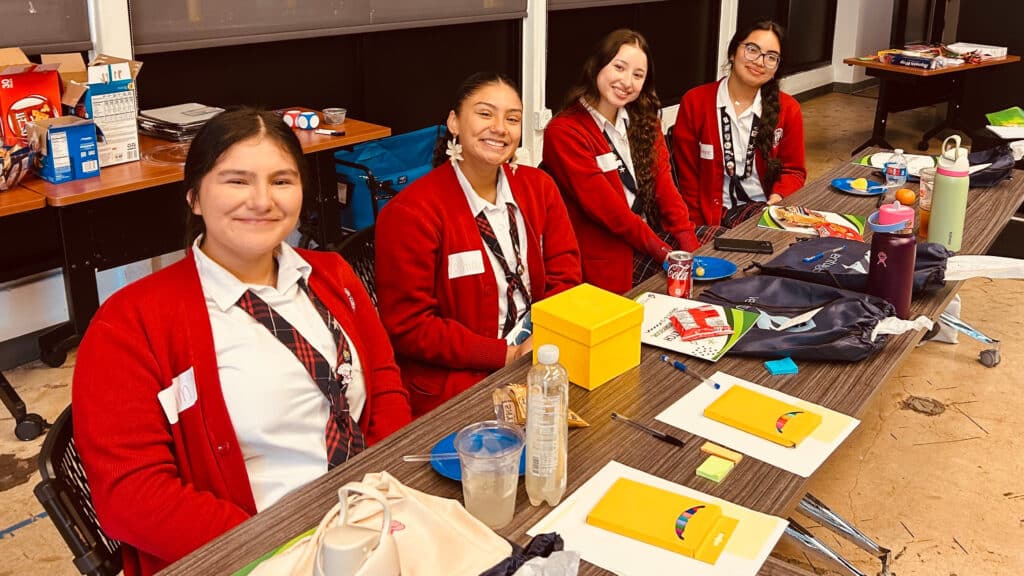When we encourage a child to follow her curiosity, she discovers so much more on her own.
Becoming attuned to her instincts helps a girl engage and entertain herself without requiring external stimulation like television and video games. Instead of drifting toward disengagement, she sharpens her ability to ask questions, follow her curiosity, create predictive models, test them.
A curious girl who comes to know her own mind is less likely to sink into passivity. And a curious girl that is encouraged to inquire by her teachers and parents is more likely to prosper in life. She is more likely to define herself as an active creator. As Mugan sees it, “Curiosity-driven learning makes learning more interesting. Each model that your child creates is like a little bet on how the world works, and these little wagers keep life entertaining.”
By following her curiosity, a girl nurtures crucial strengths—resilience and adaptation. In evolutionary terms, it is not the strongest species that survives, but the one that is best able to adapt to the changing environment.
So it is with our daughters. A curious girl can be comfortable and confident in environments of uncertainty. She has a lifelong strength that must come from within and cannot be bestowed. Curiosity enables her to embrace her wonder and to become a critical thinker, unafraid of posing questions and primed to take calculated risks.
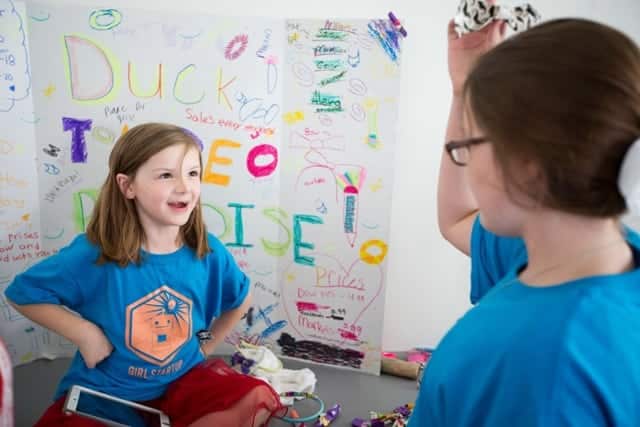
Fostering curiosity is an important element of the Bill and Melinda Gates Foundation’s work in education. “Every kid starts out with a lot of curiosity and thinks that ‘Boy, maybe I could invent something,’” says Bill Gates. “If you don’t get a chance to play around, experiment, and put things together…read a lot of stories, then probably you start to think, ‘Hmm, maybe I can’t…maybe this is too hard. Maybe there were super-smart people who already invented everything.’ So you get kind of discouraged. So it takes a conscious effort on the part of teachers and parents to imbue someone with the sense of ‘no, you can.’ There’s a whole frontier out there and older people are kind of closed-minded.” Children look at “old” things in new ways.
And for many women entrepreneurs, curiosity is where their connection with ESTEAM began. If you’d like to dive into curiosity with your students or kids today, use these free Creativity lessons from our entrepreneurial learning program!

